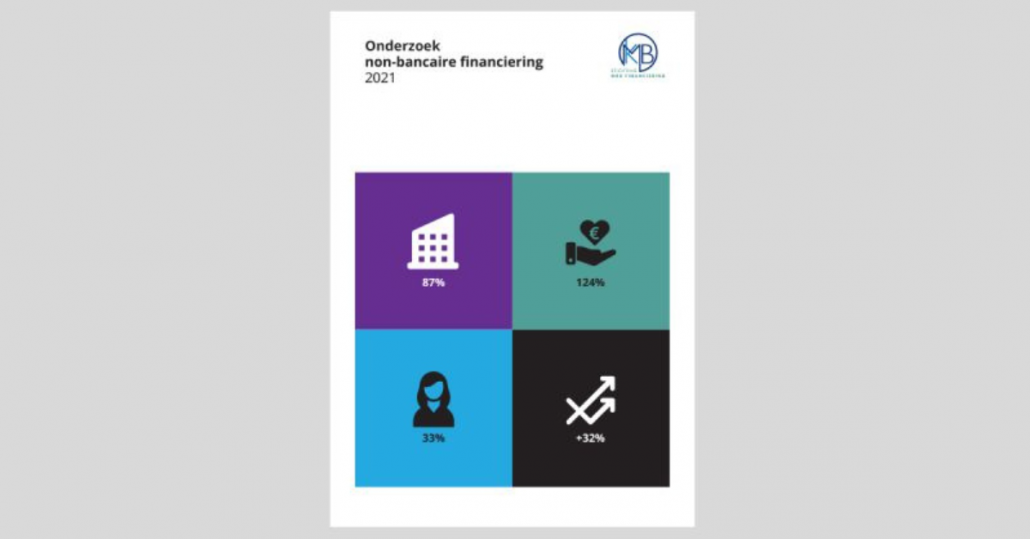Treasury as a Value Creator – From Back Office to Boardroom
27-11-2025 | Join TreasurySpring and Kyriba as they discuss how leading organisations are transforming liquidity visibility into strategic value.
27-11-2025 | Join TreasurySpring and Kyriba as they discuss how leading organisations are transforming liquidity visibility into strategic value.
24-11-2025 | The upcoming Digital Finance Summit will once again bring together innovators, financial leaders, and forward-thinkers, and one of the standout moments will be a roundtable moderated by François De Witte.
21-11-2025 | Join 5,000+ industry leaders, 140+ speakers and 100+ exhibitors for two days of strategy, innovation and deal-making as the events return to Excel London on 2–3 December for their landmark 10th anniversary edition.
16-10-2025 | This session highlighted the critical transition for corporate treasury teams from viewing liquidity solely as a risk control function to embracing it as a strategic asset
09-10-2025 | Banking 4.0 and Banking Innovation Conference – Berlin | Date: 12th & 13th of May 2026
01-10-2025 | Experienced treasurers and market experts come together to show how market signals can shape smarter cash strategies.
24-01-2023 | Ronald Kleverlaan | treasuryXL | LinkedIn | treasuryXL expert Ronald Kleverlaan, een van de meest invloedrijke en kundige mensen in Europa op het gebied van crowdfunding en alternatieve mkb financiering, maakt zeven financiële voorspellingen voor 2023.
25-08-2022 | Stichting MKB Financiering | treasuryXL | LinkedIn |
In 2021 hebben ruim 42.000 bedrijven financiering aangetrokken via non-bancaire financiers. Hiermee werd in totaal voor €3,1 miljard aan financiering verstrekt, een groei van 32% in vergelijking met het jaar er voor. Ruim 1 op de 5 financieringen onder de €1 miljoen is in 2021 al op deze manier verstrekt. Dit blijkt uit het Onderzoek non-bancaire financiering 2021 van Stichting MKB Financiering.
Bron: Stichting MKB Financiering

“Steeds meer ondernemers weten de weg te vinden naar non-bancaire financiers. Toch is het voor veel ondernemers en hun adviseurs nog lastig om de juist keuzes te maken. Daarom is het belangrijk dat de komende jaren er ook actief ingezet wordt op de bekendheid van deze financieringsvormen bij het brede mkb” – Ronald Kleverlaan (Voorzitter Stichting MKB Financiering).
Op factoring en de kredietunies na zijn alle sectoren binnen de non-bancaire financieringsmarkt tussen 2020 en 2021 sterk gegroeid. Daarbij valt voornamelijk de groei van financieringen binnen crowdfunding (124%) en vastgoedfinanciering (87%) op.
Traditioneel zien we dat vooral kleine financieringen worden verstrekt door non-bancaire financiers. Zij zijn gespecialiseerd in financieringen voor het (kleine) mkb.
In 2021 zijn 40.510 financieringen onder een kwart miljoen verstrekt aan ondernemers, voor in totaal €1.7 miljard. Dit is 41% van de totale financieringen onder een kwart miljoen,die verstrekt zijn aan ondernemers in Nederland en een sterke stijging met 2020, toen nog 29,8% non-bancair verstrekt werd aan kleine kredieten.
Opvallende trend is dat non-bancaire financieringen ook steeds groter worden. De snelst groeiende categorie was afgelopen jaar de financieringen van € 250k – 1 mln. Het aantal verstrekkingen is hier met 55% gestegen. Maar ook het aantal nieuw verstrekte financieringen > €1 mln zijn met 37% hard gestegen.
Afgelopen jaar werd al 22% van alle financieringen aan mkb bedrijven < €1 miljoen verstrekt werd via non-bancaire financiers, terwijl dit in 2020 nog maar 17% was.. ontvangen.
De totale omvang van de verstrekte non-bancaire financieringen < € 1 mln. bedroeg afgelopen jaar € 2,49 mld, een stijging van 27%. In totaal hebben 42.236 bedrijven een financiering van < € 1 mln. ontvangen. Over de volle breedte is de non-bancaire mkb financieringsmarkt gegroeid.
Per categorie komt dit neer op:
Het volledige onderzoek met tabellen en grafieken per non-bancaire financieringsvorm is beschikbaar als pdf en te downloaden.
| 16-02-2021 | Evofenedex
In this Webinar held by Evofenedex, we will learn more about Letter of Credits. The Webinar is in Dutch. Be sure to subscribe!
Een Letter of Credit (L/C) is een veelgebruikte betalingsvorm bij internationale handel. Een L/C wordt bijvoorbeeld regelmatig ingezet bij het zakendoen met het Midden- en Verre Oosten. Als je voor het eerst met een L/C wordt geconfronteerd, is het verstandig een zekere basiskennis te hebben. Na het volgen van dit webinar heb je kennis gemaakt met de L/C en weet je wat daarbij komt kijken.
Onderwerp: basiskennis Letters of Credit
Tijd: 10.00-10.45 uur
Spreker: Hans Noordzij, trade finance specialist en docent bij evofenedex
Moderator: Wiemela Mangroo, projectleider bij evofenedex
In dit webinar komen de volgende onderwerpen aan de orde:
| 18-01-2021 | Bas Meijer |
Can you remember when your current Cash Management structure has been set up? Probably at a point in time when there was a refinance, additional funding need or when a new treasurer came on board. The world is changing, your clients and their behavior are changing, therefore probably your Cash Management environment needs changing.
Unfortunately these changes are not automatically translated and implemented into your Cash Management setup. And as not every bank is the same, some banks cannot provide the Cash Management setup your corporate needs.
Reflecting the Cash Management needs every 3-5 years is a good habit. Solutions are evolving, banks are changing their focus & pricing can be renegotiated. But the most important goal is that the Cash Management setup should fit your corporate like a glove, not too big, an certainly not too small.
TreasuryXL has multiple experienced Treasures with up-to-date knowledge and experience, who can help your organisation to achieve these goals. Maybe your corporate is ready to take the next step, or your Cash Management infra structure is outdated. Is there need for automation, independent banking portal, TMS or market data provider?
From experience this review brings a contribution to the bottom line. But not only in money, also in speed and accuracy. With new tooling your current choices can be reviewed in time, which helps you to make the next steps down the road. The Treasury Department is never static, and should always adapt to the changing environment. Make sure that your Treasury function, how big or small, fits like a glove to the needs of the corporate!
Treasury Specialist